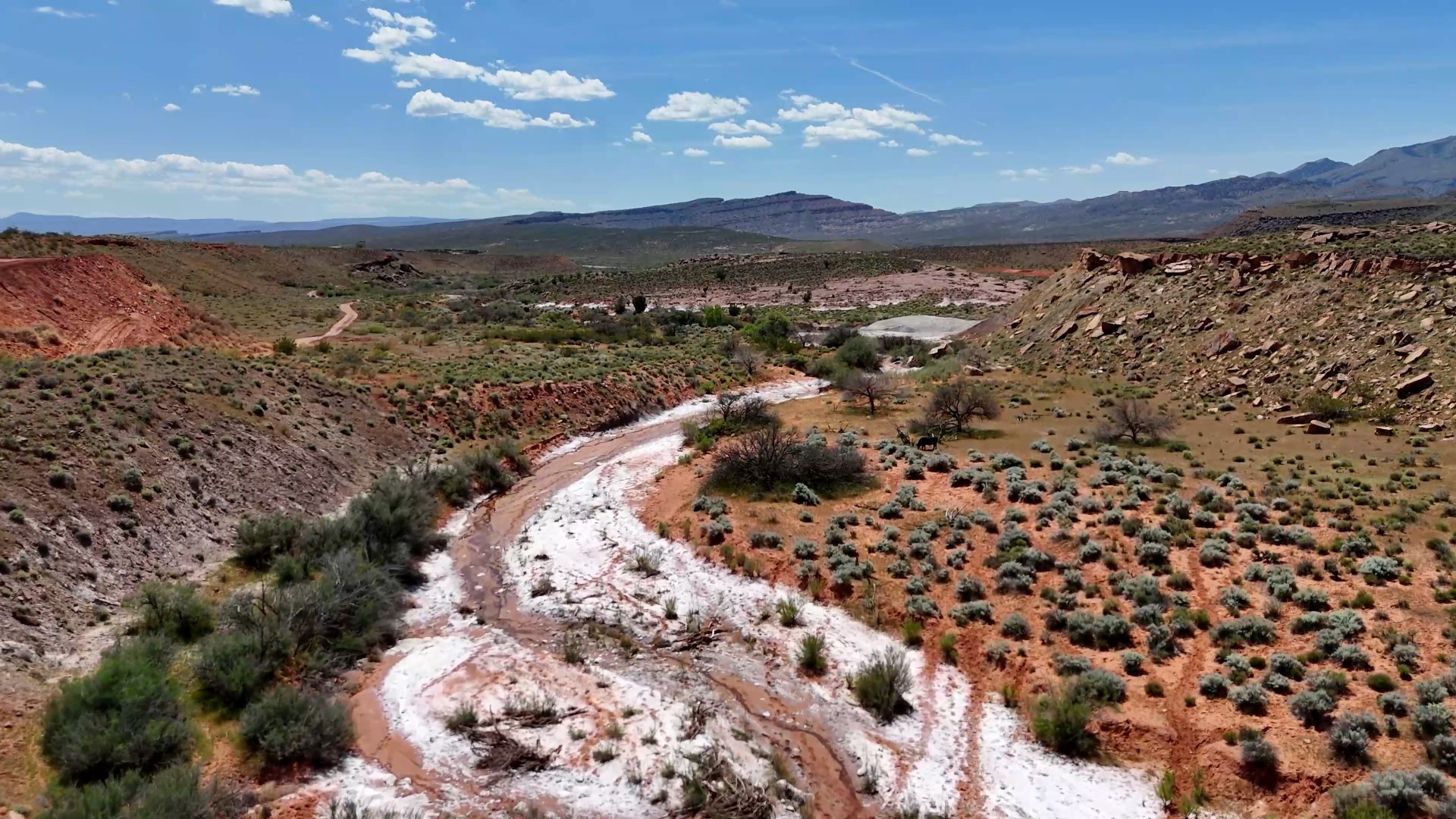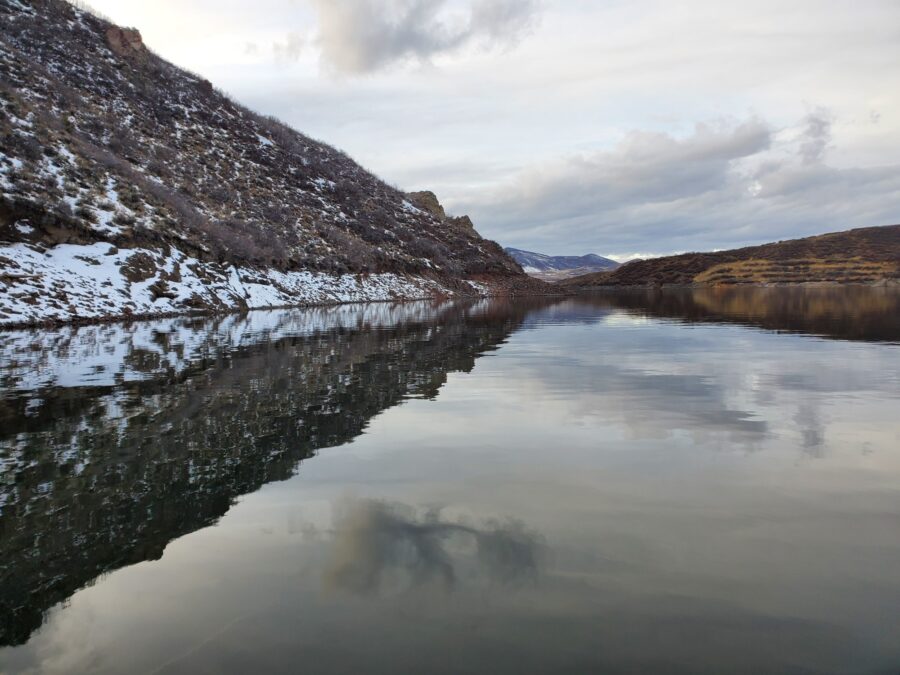Dangerous Algal Blooms Developing Sooner Due To Utah’s Drought
Jul 28, 2021, 8:34 PM | Updated: Jul 29, 2021, 3:04 pm
UTAH COUNTY, Utah – Algal blooms have slimed Utah Lake and dozens of other bodies of water in Utah each of the last six years. This year, the toxic blooms are a bigger problem due to Utah’s historic drought.
Utah Lake is under a warning advisory, and a danger advisory has been issued for Lindon Marina. People should avoid swimming and boating in that water and keep pets and children away.
The blooms are developing earlier in the summer this year because water levels dipped sooner, according to Dr. Kate Fickas, recreational health advisory program coordinator with the Utah Division of Water Quality.
Do you want to know how the drought has impacted harmful algal blooms (HABs) on Utah's waterbodies? Tune in to @KSL5TV 4pm to hear @katefickas talk to @jedboal about where they are and how to stay safe. pic.twitter.com/YPbVw3X0aP
— Utah DEQ (@UtahDEQ) July 28, 2021
“This year, water levels started low, so the harmful algal blooms had a running start and we’ve been chasing them since,” Fickas said.
Algal blooms appear bright green like an oily sheen on the water. They can develop quickly and move.
Fickas said lower water levels and increased water temperatures brought on by the drought concentrates nutrients in the water, which enables the algal blooms to explode. The blooms can produce potent toxins that are dangerous for humans, pets and livestock.
“It’s really around August that things really start to heat up,” she said. “So, I am concerned. We’re monitoring a lot of these reservoirs and lakes at an increased frequency. So, more often so we’re able to catch a harmful algal bloom if it pops up.”
A dense #cyano #HAB has been sitting on Utah Lake (36,000 ha) for a month now. With daily revist, the @eumetsat @CopernicusEU #Sentinel3A #OLCI allows us to monitor #waterquality conditions on a daily basis so that health departments can stay informed and protect the public ⚠️ pic.twitter.com/MOb4ZsYjTj
— Dr. Kate Fickas (@katefickas) July 27, 2021
Fickas expects the blooms will intensify. September is usually the most toxic month for algal blooms in Utah before they die off in the cold. Unfortunately, when we have warm winters, Fickas said the algal blooms survive, giving them a head start in the spring.
“When we have the perfect conditions like we do with this drought and the weather systems we’ve been having, that’s when we start to see them in places we may not have seen them in the past,” she said.
Click here for updated information on harmful algal blooms in Utah.
“We can’t necessarily stop or slow down climate change on a day-to-day, week-to-week basis, which is what’s driving this intensifying algal bloom problem that we have,” Fickas said. “But what we can do is monitor them and make sure that we can warn the public so that they know where the harmful algal blooms are.”












